Simo Hayha was the Finnish sniper who accounted for 505 confirmed kills of Russians during the Winter War of 1939-40. Unconfirmed kills raise that figure to 542.
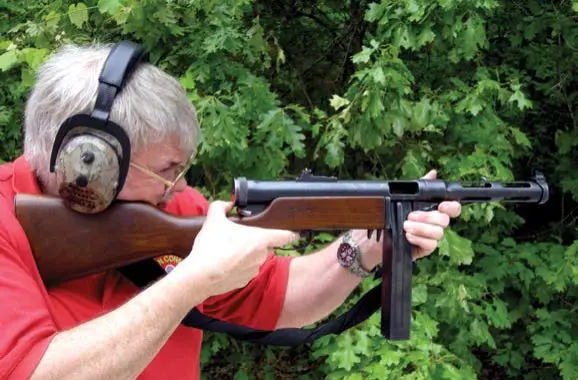
Although Hayha used a Finnish M/28 version of the Mosin-Nagant with iron sights for many of his kills, he used the Soumi submachine gun (SMG) for a substantial portion of them as well, generally those from ambush in the snowy forests of Finland. Hayha was certainly not the only fan of the Soumi, as many experts rank it as one of the best SMGs of World War II.
The Soumi was developed, as were all Finnish weapons, to operate in the hard winters of Finland and to serve a citizen army, many of whose soldiers were hunters or woodsmen used to operating in Arctic conditions. After facing the KP-31, the Russians were impressed enough that they incorporated many of its features into the PPSh-41.
The Soumi was initially designed in the early 1920s by Aimo Johannes Lahti, the same Finnish firearms designer who created the Lahti pistol. Some prototypes during the 1920s were chambered for the 7.63mm Mauser or 7.65mm Luger cartridges, the latter being the standard Finnish caliber at the time. As finally developed for production in 1930-31, however, the Soumi was chambered for the 9mm Parabellum round.
Among the Soumi’s innovations was a spring incorporated into the bolt, which kept overall length down. Another was the magazine well that allowed the use of drum magazines or doublecolumn box magazines. Designated the KP-31, about 4,000 of the new submachine guns were available when Russia invaded Finland in 1939.
As mentioned earlier, the Soumi was designed to stand up to harsh conditions. Barrels were produced by Tikkakoskit Oy or Joonas Mataraisnen, primarily the latter. Both firms had produced barrels for competition rifles and drilled, rifled and lapped the Soumi barrels with the same precision—one reason a sniper such as Hayha felt confident using the Soumi at short and medium ranges.
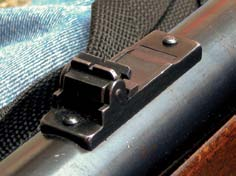
KP-31s were actually supplied with two barrels, both zeroed to the sights. Accuracy and zeroing were consistent enough that each Soumi was expected to shoot ten shots within an inch of the aiming point at 100 meters, and groups had to be a minimum of four inches! Sub-MOA groups were reportedly common.
The Soumi’s receiver was milled from a solid steel forging, with the tunnel for the breech bolt precision bored and honed. A screw cap sealed the rear of the receiver, with six or seven turns normally needed to get the tight closure necessary so the vacuum valve/firing rate reducer would work properly.
Unlike most SMGs, the Soumi had a quick-detach barrel which, combined with the supplying of the second barrel, allowed Finnish subgunners to fire thousands of rounds in the space of an hour against large numbers of Russians. It was not unheard of during the Winter War for a single Finn armed with an SMG to take on a Russian company and eliminate most of it.
The Soumi’s breech bolt was machined from Swedish steel and employed a fixed firing pin, though it is easily removable should the firing pin break. From talking with those who shoot the Soumi a lot, however, I gather firing pin breaks are quite rare.
The magazines for the Soumi are either a 20-round box or a 70-round drum. There was also a 50-round magazine designed by the Swedes for use with their version of the Soumi. Although the Finns manufactured this magazine on license while fighting the Russians on the German side during World War II, they found that the difficulty of loading this magazine without a special loading tool made it undesirable, and so discontinued producing it.
In the 1950s, the Finns adopted the Carl Gustav (Swedish K) 36-round magazine for the Soumi, which required minor adaptation to take the mag. An initial batch was purchased from AB Linde in Sweden, then Lapua was given a contract to produce 200,000 more.
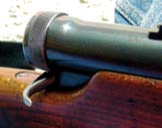
It has already been mentioned that Sweden adopted the Soumi. So did Denmark and Switzerland. Some Soumis were reportedly purchased and used in Latin America as well.
The Swedes made one version chambered for the 9x20mm Browning Long cartridge and another for the 9x19mm cartridge, the latter with a short barrel. The Danish Madsen-Soumi was in 9x19mm caliber, as was the Swiss Hispano Suiza MP43/44. In Finland, the Soumi was produced from 1931 until 1944, with reportedly 80,000 manufactured. It remained in service certainly into the 1960s or later.
Since it was a machined weapon rather than one produced from stamped parts, the Soumi is somewhat heavy, at a bit over ten pounds. Overall length is 34.25 inches with the Finnish 12.4-inch barrel. Controls are designed for ease of operation while wearing gloves. The selector is a rectangular lever at the front of the trigger guard, which is on safe when all the way into the guard. The magazine release is a paddle behind the well. The cocking handle, being a goodsized hook, is also designed to work with gloves.
The Soumi fires from an open bolt, so it is best carried with the bolt forward on an empty chamber. However, to insert drum magazines, the bolt generally has to be back, so the Soumi should be cocked and made safe before inserting the drum. When shooting the Soumi, the support hand grips the magazine well, and it is important to keep it well clear of the barrel jacket during full-auto fire, and clear of the muzzle on the shorter barreled Swedish models.
I have fired Soumis a half dozen times and always been impressed with their quality. I had hoped to shoot the Soumi the last time I was in Finland, but my contacts who work in various security- related fields were much more into AR-15s and Glocks, so no joy on getting to shoot one. However, I do have a friend who has a licensed Soumi, and I asked him to bring it to the range for me to shoot and refresh my memory while writing this column. My friend’s Soumi does have a longer Finnish barrel, but he had it set up with the shorter Swedish barrel when he brought it to the range.
The flip-up sights aren’t great, but I was still hitting plates at 100 yards fairly consistently on semi-auto and at 25 yards on full-auto. Accuracy was never a problem with the Soumi. Finnish troops equipped with it also used it on semi to hunt small game for the pot, which no doubt increased their skills with it as well. Cyclic rate is a fairly high 750-900 RPM, but the weight helps keep it on target well for short bursts.
Generally, World War II Finnish weapons aren’t elegant. The M28 rifle, the Lahti pistol, and the Soumi are all fairly utilitarian looking, but they also are all accurate, reliable and tough. They were designed for a country that had to face the fact that an invasion from their massive neighbor Russia was always possible. The Finns knew they would be outnumbered, but in 1939 and 1940, the Soumi proved an impressive force multiplier gun against the Russians. It’s hard to handle a Soumi and not picture it in the hands of a Finnish soldier hidden in the trees, ready to inflict casualties on the Russians and then ski away.
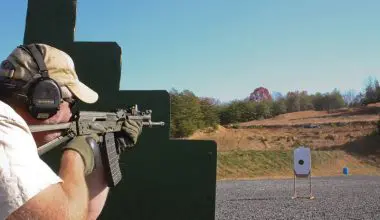
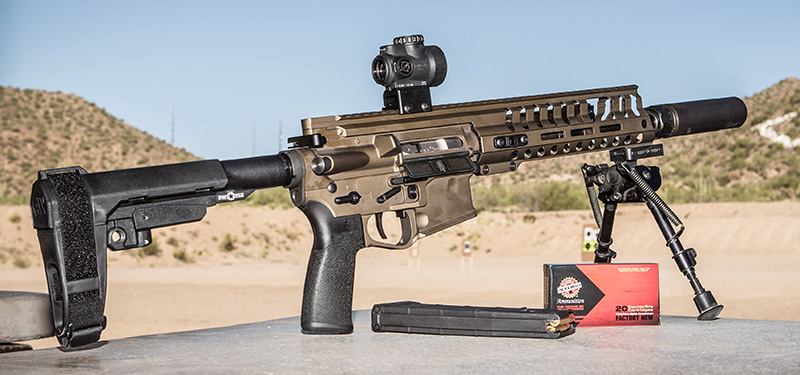
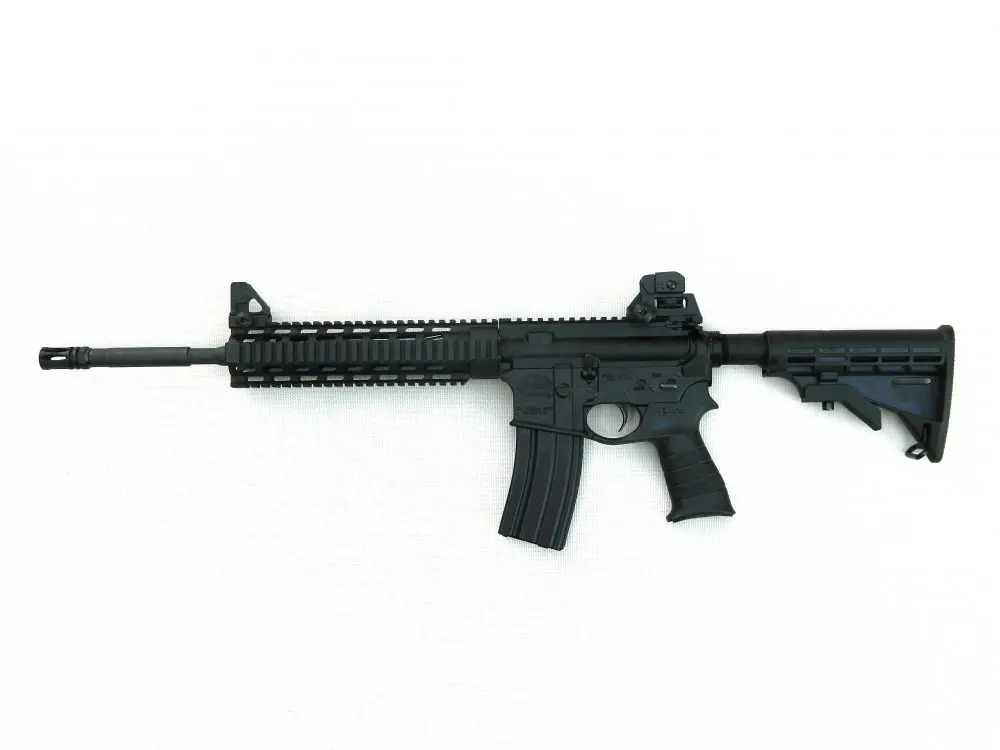
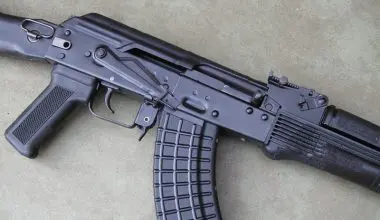
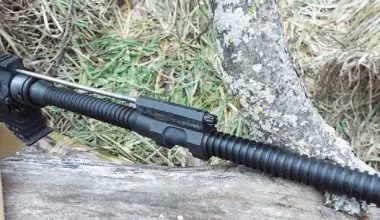

2 comments
sub moa groups at 100 m? the ammo fired from a test fixture cannot do that….
at first i thought the soumi in the headline was a typo but it was used all the time :’D It is supposed to be suomi.